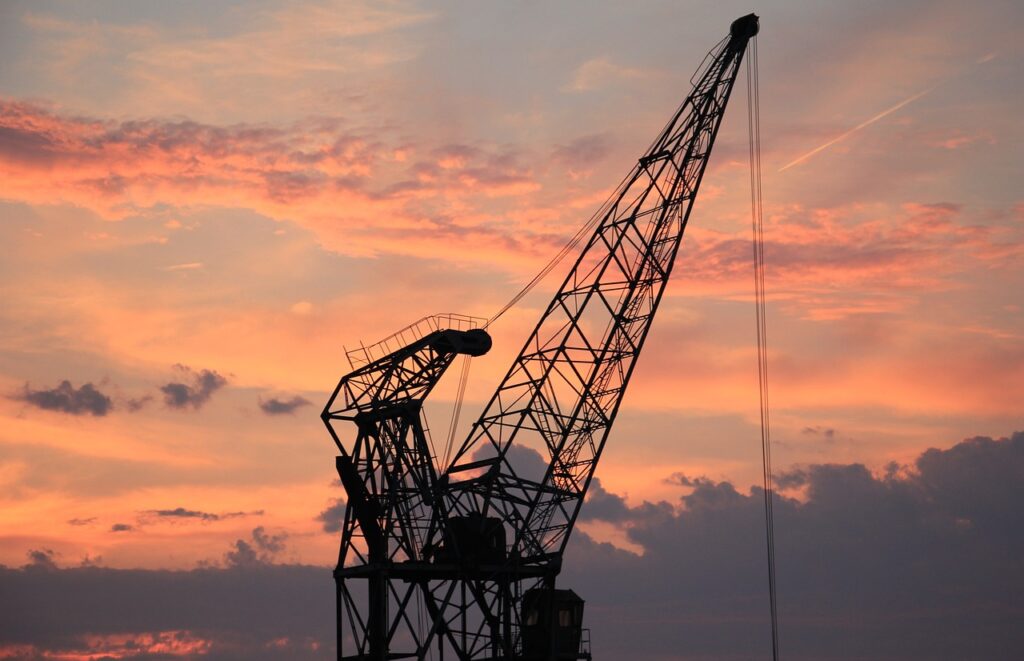Crane systems are vital components in many industrial settings, providing essential support for various operations. The evolution of crane technology has significantly impacted how goods are handled within manufacturing facilities, warehouses, and various production sites. With the increasing demand for efficiency and safety in industrial operations, crane systems have become indispensable tools for optimizing workflows. This article explores the various ways crane systems enhance productivity, reduce labor costs, and improve safety standards in industrial environments.
Understanding Crane Systems
Crane systems are mechanisms used for lifting and moving heavy items within industrial spaces. These systems can range from simple hoists to complex overhead cranes designed for large-scale operations. Understanding the different types of crane systems and their unique functionalities is crucial for industries aiming to maximize productivity. Overhead cranes offer versatility and functionality in handling loads at various angles and heights. These cranes can be designed to accommodate various lifting needs, enhancing the efficiency of operations. Many industries are now integrating advanced technologies into their crane systems, such as smart controls and automated features, which increase operational efficiency.
The Role of Ergonomics in Crane Design
Ergonomic design focuses on improving the interaction between humans and machines, reducing strain and increasing comfort during operation. With the introduction of ergonomic cranes, operators can complete lifting tasks with minimal physical exertion. The positioning of controls, adjustable heights, and user-friendly interfaces allows operators to work more efficiently without compromising their well-being. Utilizing a work station crane can significantly improve ergonomic conditions, as it provides an optimal balance between accessibility and safety. When designed with ergonomics in mind, industrial cranes can reduce the risk of injury and improve the workflow. Such advancements benefit the operators and enhance productivity across the board, ensuring that operations run smoothly and efficiently.
Enhancements in Safety Standards
With the increasing focus on workplace safety, modern crane systems often incorporate advanced safety features designed to minimize accidents. Technologies like load monitoring, emergency stop functions, and anti-collision systems are becoming standard in newer crane designs. The integration of safety systems ensures that operators can lift and move heavy items without putting themselves at risk.
Rigorous training and regular maintenance are vital components of an effective safety strategy. Industries should prioritize the training of personnel to operate crane systems safely and efficiently. By equipping operators with the knowledge and skills to handle cranes properly, businesses can significantly reduce workplace incidents, leading to a more productive environment.
Improving Workflow with Automation
The trend toward automation in industrial operations is reshaping how crane systems are utilized. Automated cranes can operate independently, moving materials with minimal human intervention. Such systems enhance workflow efficiency and allow employees to focus on more complex, value-added tasks. Warehouses employing automated overhead cranes experience lower operational costs due to reduced labor needs.
These cranes can operate around the clock, significantly increasing throughput. With the ability to integrate real-time data and analytics, automated crane systems can optimize workflow by adapting to changing demands and conditions within the facility.
Cost-effectiveness of Crane Systems
Investing in modern crane systems can lead to significant cost savings for businesses. While the initial purchase and installation costs may seem high, the long-term benefits far outweigh these expenses. Improved efficiency means that products move through production processes faster, reducing idle time and inventory holding costs.
Enhanced safety features can lead to lower insurance premiums due to reduced incident rates. Many businesses find that their return on investment from new crane systems materializes over a short period, as streamlined operations lead directly to increased profits. Thus, evaluating the cost-effectiveness of crane systems is essential for any industrial organization looking to achieve sustainable growth.
Challenges and Considerations in Crane Implementation
Despite the many advantages that crane systems offer, businesses must navigate certain challenges when implementing these solutions. Proper site evaluation is crucial to determine the most suitable crane system for a specific environment. Factors such as load capacity, space constraints, and operational demands should all be considered before a purchase.
Ongoing maintenance and operator training are vital components of ensuring that crane systems operate seamlessly. Industries must allocate resources for regular inspections and maintenance checks, as overlooking these necessities can lead to equipment malfunctions, downtime, and reduced safety. Investing in operator training ensures that employees are well-equipped to handle cranes safely and efficiently, minimizing risks associated with human error.
The Future of Crane Technology
The future of crane technology is promising, with ongoing advancements focused on enhancing efficiency, safety, and automation. Emerging technologies such as IoT and AI are being integrated into crane systems, allowing for smart automation and real-time monitoring of operations. These innovations promise to revolutionize how cranes are used across industries by creating more responsive and intelligent systems. As businesses continue to embrace technological advancements, it’s clear that crane systems will play an even more critical role in shaping industrial operations. Future innovations will likely focus on enhancing productivity and on sustainable practices, minimizing the environmental impact of industrial activities.
Crane systems are essential tools that enhance operational efficiency, safety, and productivity in industrial settings. By understanding the different types of crane systems and their benefits, businesses can make informed decisions to improve their workflows. From ergonomic designs that promote operator well-being to automated systems that elevate productivity, cranes are transforming industrial operations for the better. Embracing these advancements leads to improved outcomes and a more efficient future in various industries.






